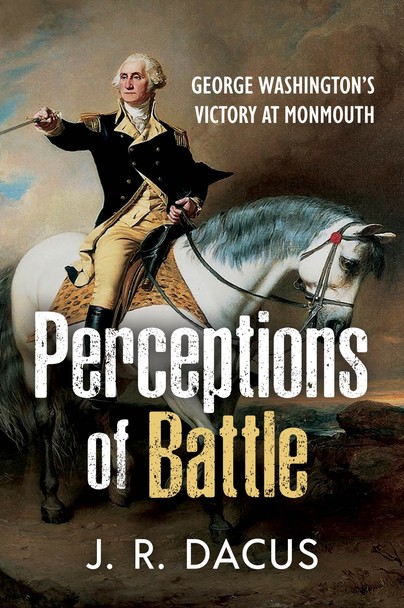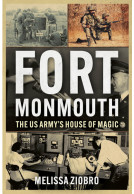Google Books previews are unavailable because you have chosen to turn off third party cookies for enhanced content. Visit our cookies page to review your cookie settings.
Perceptions of Battle (Hardback)
George Washington’s Victory at Monmouth
You'll be £29.95 closer to your next £10.00 credit when you purchase Perceptions of Battle. What's this?
+£4.99 UK Delivery or free UK delivery if order is over £40
(click here for international delivery rates)
Order within the next 8 hours, 21 minutes to get your order processed the next working day!
Need a currency converter? Check XE.com for live rates
(click here for international delivery rates)
Order within the next 8 hours, 21 minutes to get your order processed the next working day!
Need a currency converter? Check XE.com for live rates
After spending a difficult winter at Valley Forge, George Washington led the Continental Army in pursuit of the British Army moving from Philadelphia to New York City. On June 28, 1778, the army caught up with the British and defeated them at Monmouth Court House.The principal figure in the battle is George Washington. His planning, his orders, and his actions on the battlefield dominate the story. After the first rebuff of his advance guard under Charles Lee, it is Washington who matched each movement of the enemy with decisive actions of his own. In doing so he attained a tactical victory on the battlefield that had major strategic implications. Because of his leadership, and the actions of his army, both he and the Continental Army gained renewed respect from Congress, the American people, and the enemy.Washington’s success solidified his position as the face of the Revolutionary effort. While the Congress was often ineffectual or even nonexistent, Washington and his army became the symbol of the Revolution.Modern authors have contributed greatly to our knowledge of the battle of Monmouth but in doing so have tried to interpret or analyze it through our modern point of view, losing sight of what happened, disregarding the perceptions, opinions, and conclusions of the people who took part in the battle and its aftermath. This book is different in that it uses only first-person accounts to reach conclusions or render judgments. In addition to changing the perceptions of the victory of the Continental Army, modern historians have distorted the story further through the court martial of Charles Lee in the aftermath of the battle, giving it undue importance.
Other titles in Brookline Books...















